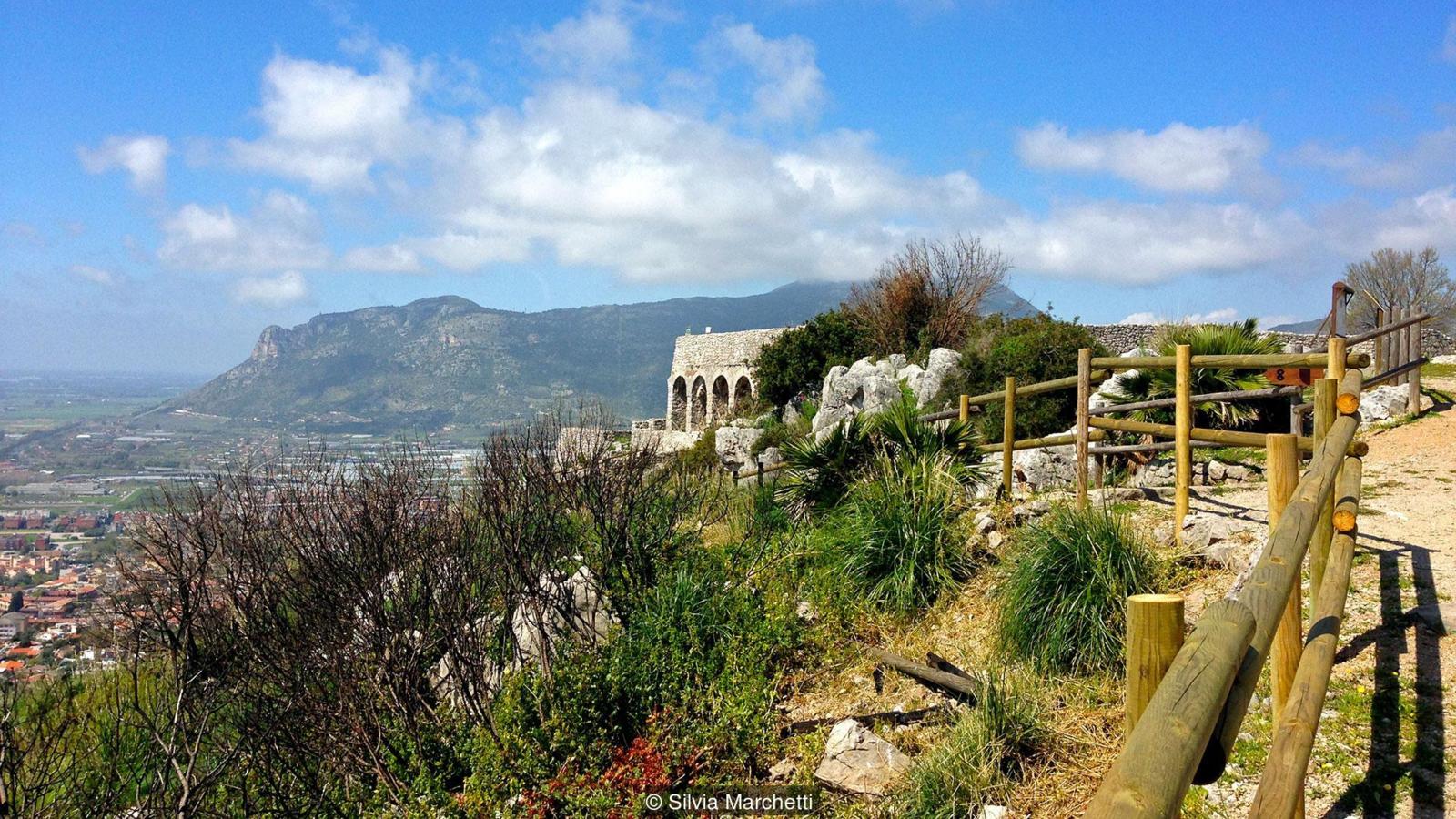Faced with defeat, the ancient Norba people chose to burn their city to the ground rather than succumb to Rome.
Ask any Italian, and they’ve likely never heard of ancient Norba, once a flourishing Latin city located around 50km south of Rome.
Perched on the edge of a cliff in the Lepini Mountains in western Italy’s Lazio region, Norba, now in ruins, is one of the country’s best preserved examples of city planning from several thousands of years ago. Its location was almost impenetrable: surrounded by a wall constructed of colossal limestone boulders, there was only one way in and out.
The city overlooks a former malaria-infested marshland that was drained by Mussolini in the 1930s, and once provided an excellent vantage point for spotting enemy troops, including those dispatched from nearby Rome. Several of ancient Norba’s lookout towers still remain, standing guard as if they were giants made of stone.

Perched on the edge of a cliff, Norba is a preserved example of ancient city planning
According to myth, it was a race of giant humans known as the ‘Cyclopes’ who lifted the massive boulders to construct the walls that form a 38-hectares-wide polygon around the city. These blocks of dark-grey limestone have withstood the test of time, surviving plunders, earthquakes and floods. During the malaria-infested era that lasted centuries, many valley villagers fled to the hills in search of shelter, some even taking refuge within Norba’s ancient walls.
I entered beneath the Porta Maggiore main gateway, and the ancient city rose in front of me. Piles of stones outlined the foundations of homes and businesses, and the remains of bastions 13m high were now overtaken by plant life. Deep indents are all that remain of thermal baths.
Thousands of years ago, after fleeing the burning Greek city of Troy, Trojan hero Aeneas landed on nearby shores; it’s said that his descendants and those of his followers, the Aeneads, founded Norba. By the 5th Century BC, a thriving Latin community had settled here, profiting from their city’s strategic position.

It’s said that the descendants of Aeneas and his followers founded Norba
Norba’s fiery Latin residents refused to surrender to Imperial Rome. They joined forces with roughly 30 local tribes to form the Latin League, a confederation meant to provide communal protection for the region. The league clashed with Rome at the beginning of the 5th Century BC – one of many battles to take place between the two groups. Several centuries later, the Norba people found themselves on the losing side of Rome’s first civil war. For months they fought bitterly against the ruthless Roman general Sulla, who sought to return Rome to a dictatorship from a republic.
As I walked through the ruined city, I could picture the siege: Roman troops attacking the resilient Cyclopean walls while the Norba people huddled behind the limestone, grasping swords and spears. When it became clear that hope was lost, the Norba people chose to die rather than fall prey to the enemy. I passed the ruins of what was once a house, and could imagine the violent act of resistance. In one corner, I saw broken pillars and the remains of a stone bench.

When it became clear that hope was lost, the Norba people chose to die rather than succumb to the Romans
A breeze blew through the town, and I imagined the smoky smell of a burning city. The Norba people set their home ablaze; those who did not commit suicide burned alive. Hoping for treasures of gold and precious stones, the Romans found nothing but ash when they broke in. By the 1st Century AD, Norba had been declared extinct.
I continued along the bumpy, cobbled road to the main piazza, where the marketplace was once the pulsing heart of the community. The path continued, and after a slight incline to the edge of a precipice, I reached the spot where one of the city's temples once stood. This is the most striking part of Norba; it was here, overlooking the valley, that massive stone columns supported intricate frescoes depicting gods.
Today, an oak tree keeps watch over the edge of the precipice, its leaves and branches wildly shaking as the wind blows through from the coast. This is where the adventurous come with their paragliding gear, prepared to leap from the temple ruins and then glide high above the valley and towards the Tyrrhenian Sea. Far below them, the rugged Lepini hills give way to a low area famous for its kiwi plantations.

One of the city's temples once stood on the edge of the cliff overlooking the valley
I turned to retrace my steps through the ancient city. Back at the Porta Maggiore, I stopped to admire the limestone boulders once more. The Norba people might have perished and their city turned to ash, but the walls remain defiant against the passage of time, echoing the heroic story of the Latin people who settled in this part of Italy.
Source:bbc.com
Thank you for Using #promo-steem tag, Promote steemit by inviting your friends and your family!
Downvoting a post can decrease pending rewards and make it less visible. Common reasons:
Submit
Hi! I am a robot. I just upvoted you! I found similar content that readers might be interested in:
http://www.bbc.com/travel/story/20170303-the-italian-city-that-stood-up-to-rome
Downvoting a post can decrease pending rewards and make it less visible. Common reasons:
Submit
Congratulations @magnetromans! You have completed some achievement on Steemit and have been rewarded with new badge(s) :
Click on any badge to view your own Board of Honor on SteemitBoard.
For more information about SteemitBoard, click here
If you no longer want to receive notifications, reply to this comment with the word
STOPDownvoting a post can decrease pending rewards and make it less visible. Common reasons:
Submit